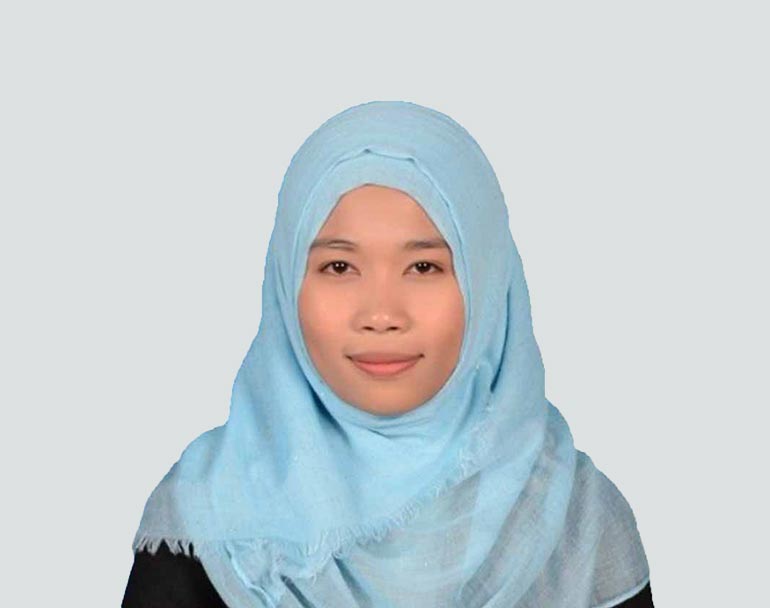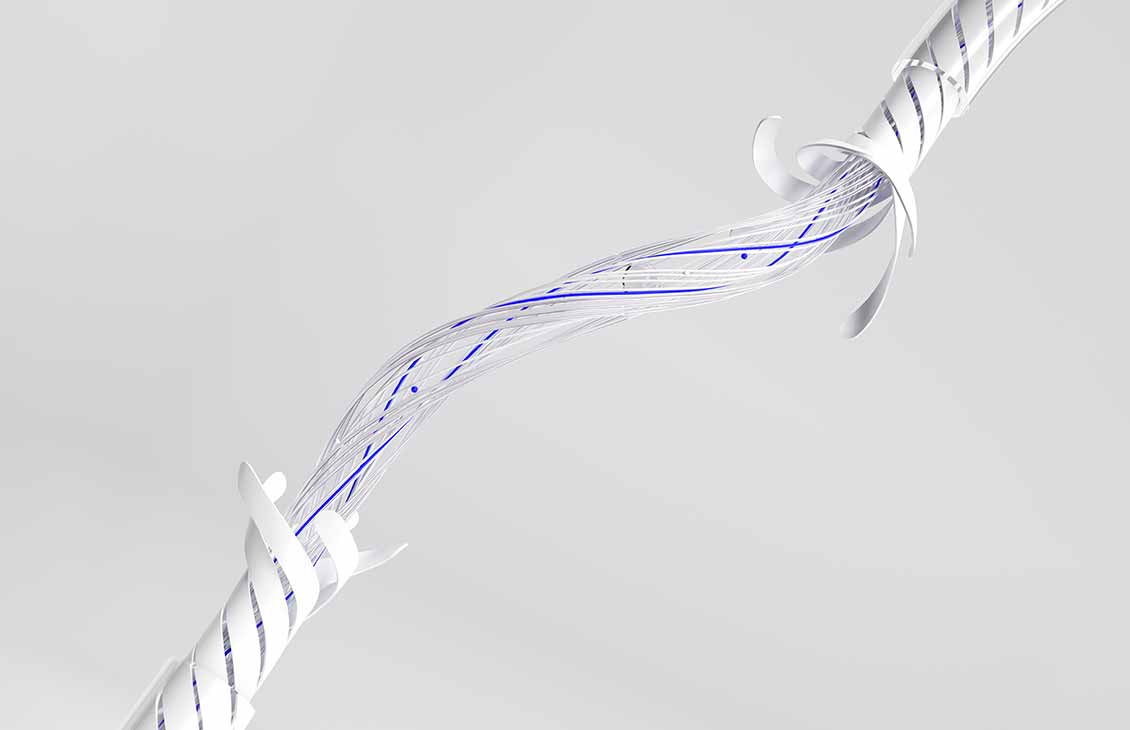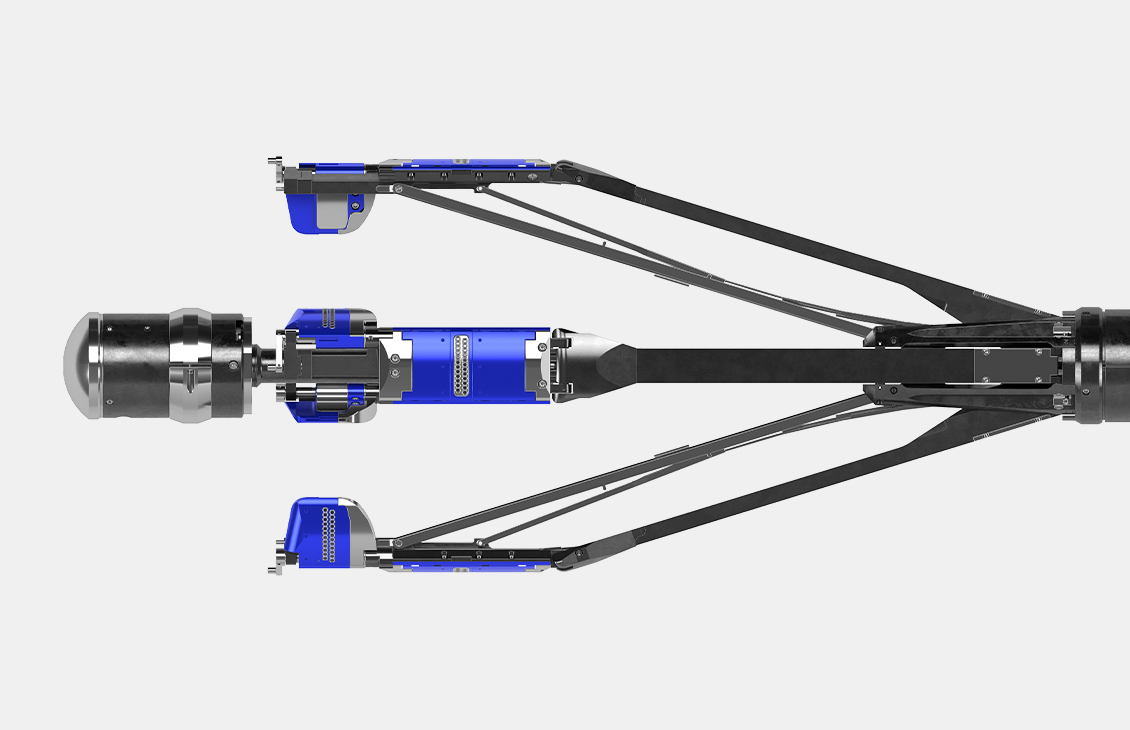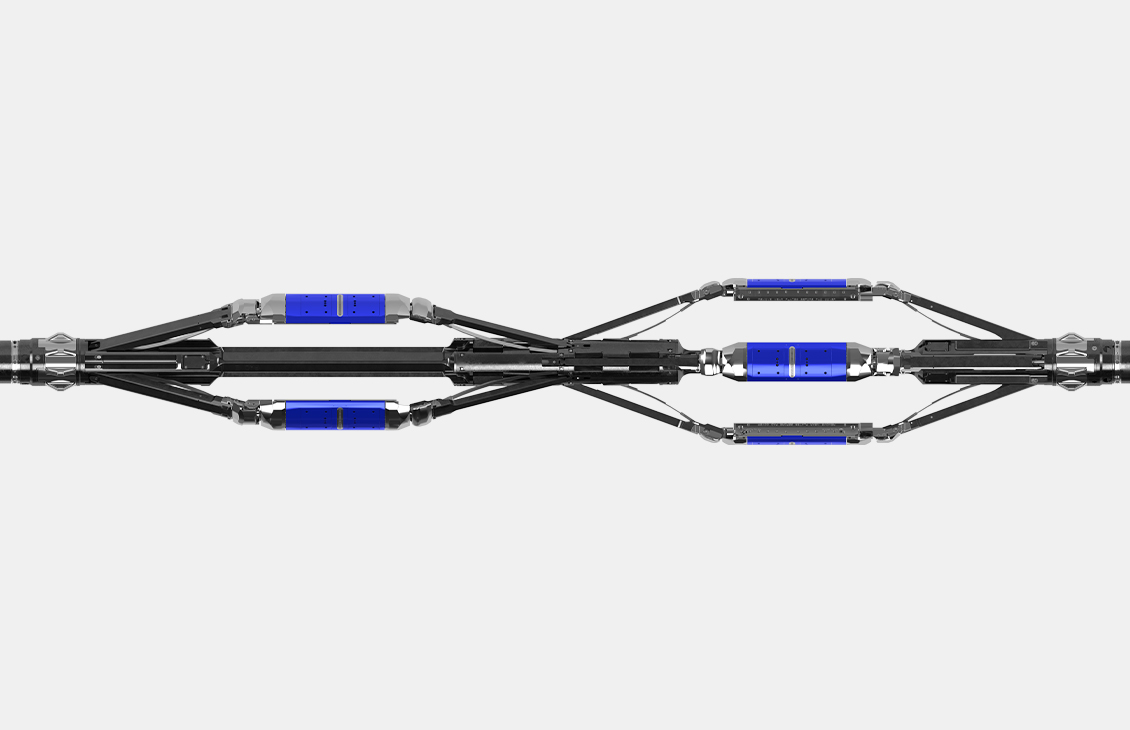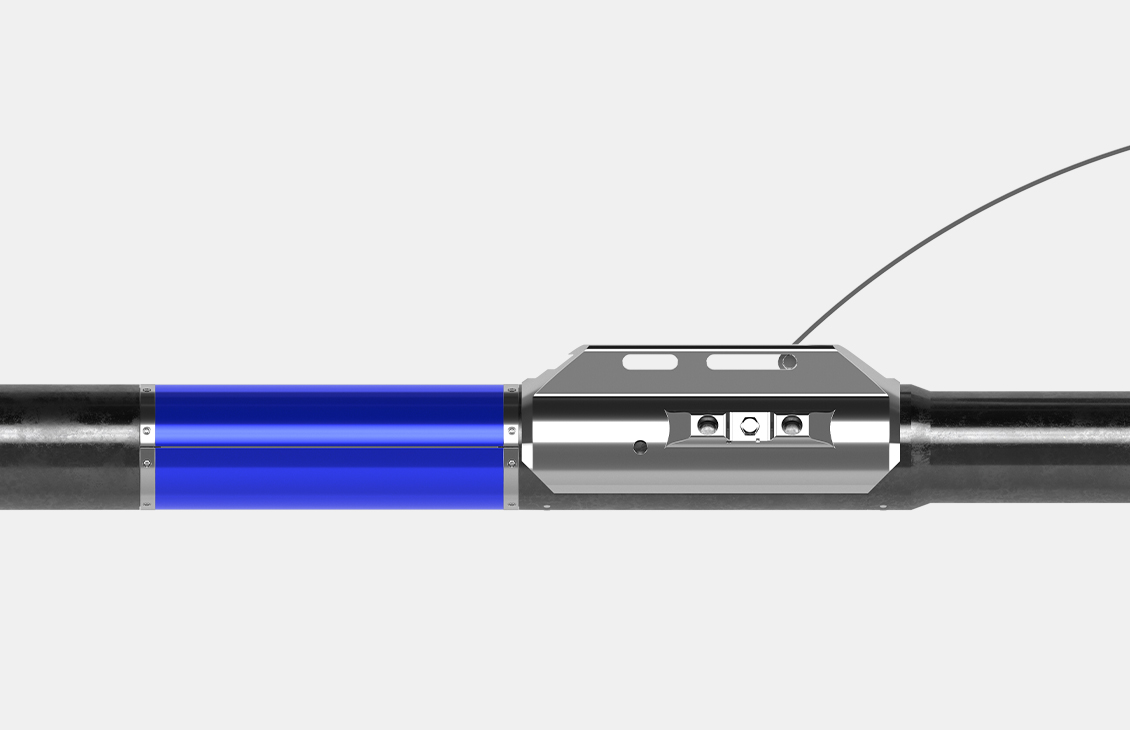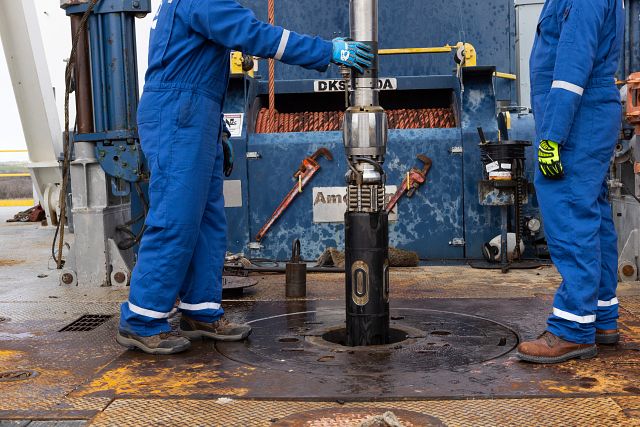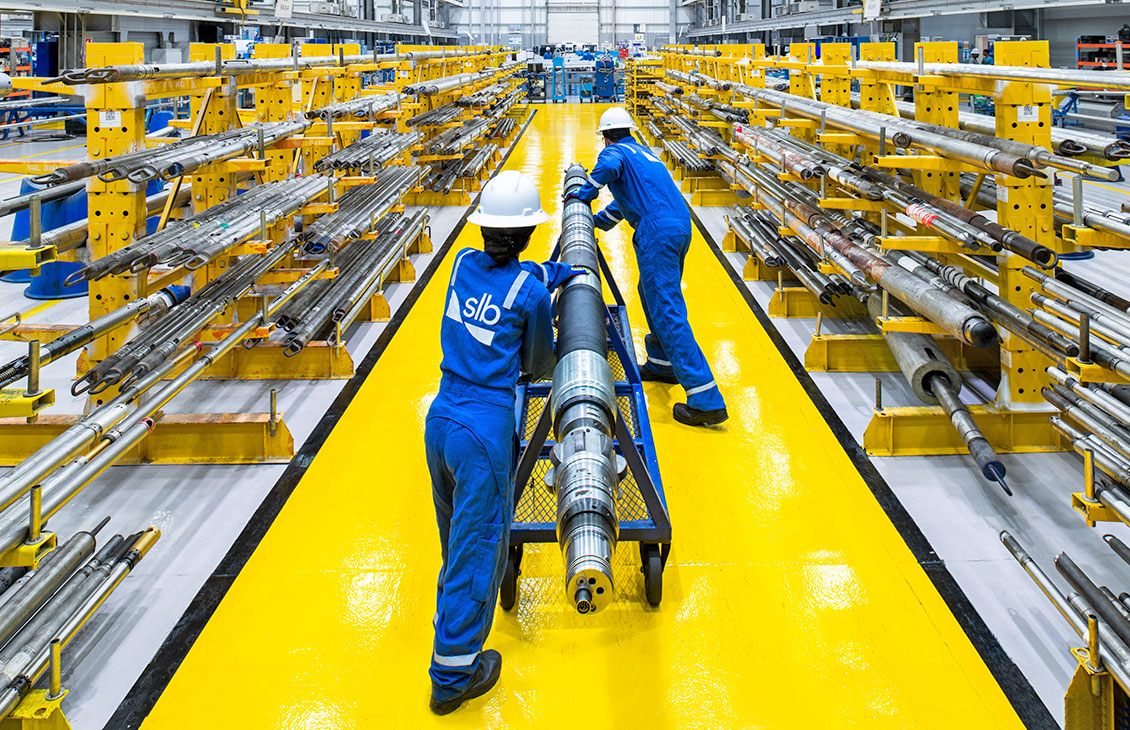Geothermal reservoir characterization
Illuminating the reservoir with detailed understanding
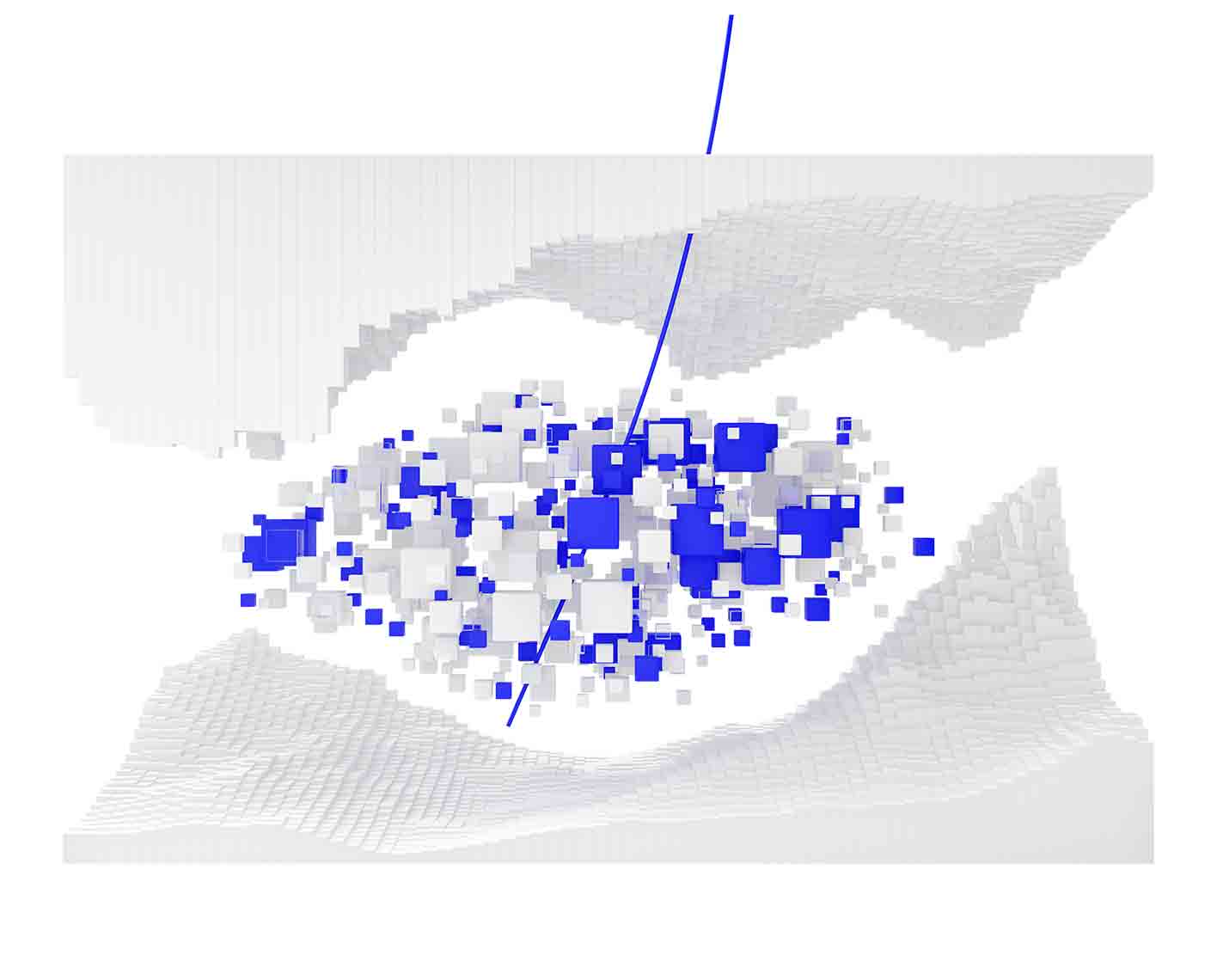

Characterizing your geothermal reservoir
Understanding what’s beneath the surface is critical to making geothermal energy economic. Reservoir characterization helps determine rock and fluid properties of the subsurface to give insight into the geological complexity.
SLB reservoir performance experts provide a series of measurements—even in temperatures of up to 500 degF—to identify economically productive reservoirs and inform your decision making.
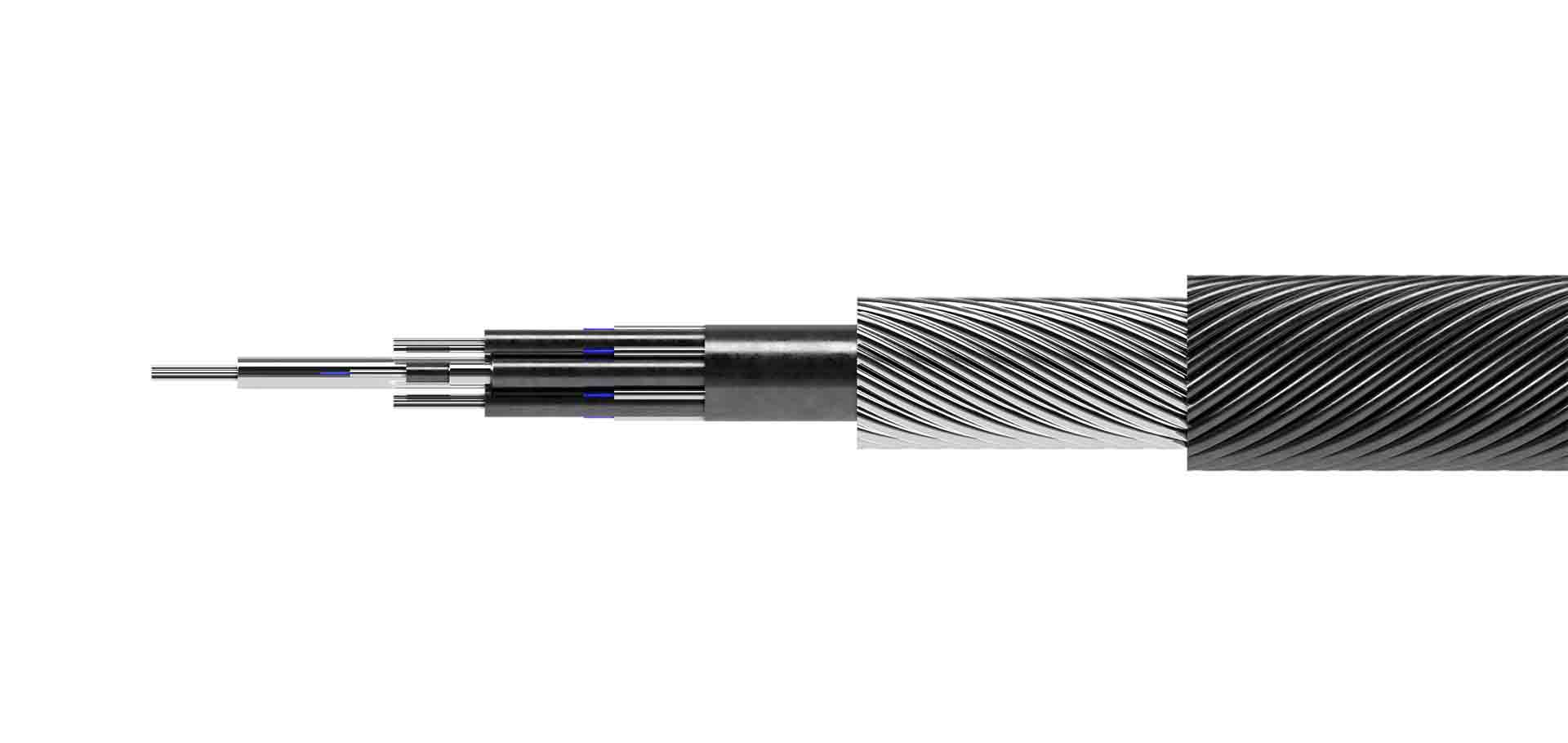
Geophysics
In geothermal projects, regulators may require continuous monitoring of the project over its lifespan. To do this, we utilize either permanent fiber or wireline-deployed fiber, depending on your project. SLB’s fiber-optic borehole seismic solution enables the real-time recording and processing of microseismic events, efficiently transmitting essential data to operators without the need for transmitting massive amounts (terabytes) of data.
Assessing the performance of injection wells is achievable through injection flow profiling solutions and standard or high-temperature production logging tools.
Imaging
The high-definition formation microimager (for water-based mud) and photorealistic reservoir geology service (for oil-based mud) can deliver high-resolution images of natural fractures, drilling-induced fractures indicating the maximum horizontal stress direction, and sedimentary structures.
Acoustics
Combined with the acoustic scanning platform, an accurate stress profile and rock properties may be determined to optimize well placement and model fluid flow.
The far field
SLB’s 3D far-field sonic service delivers a comprehensive understanding of the fracture network and subsurface geological complexity away from the wellbore. With this knowledge, you can optimize geothermal resource utilization, increase energy production, and extend your project’s lifespan.
Integrated measurements
Integrating the measurements in a mechanical earth model helps assess the risks associated with reservoir depletion, pressure changes, induced seismicity, and other geothermal activities, improving the accuracy of resource estimation and production forecasts.
Through-the-bit logging
Through-the-bit logging services enable acquiring high-resolution subsurface data where gravitational descent on wireline is not possible or in drilled high-angle and horizontal geothermal wells. The large portfolio of measurements includes classic triple- and quad-combo suites, high-resolution laterolog, spectral gamma ray, and more.
Did you know? Cutting-edge technologies, such as our through-the-bit logging services, and domain expertise have contributed to the Department of Energy's Utah FORGE enhanced geothermal systems (EGS) project. The application of through-the-bit logging at Utah FORGE proved effective at mitigating downhole temperature challenges and enabled logging highly deviated injection wells.
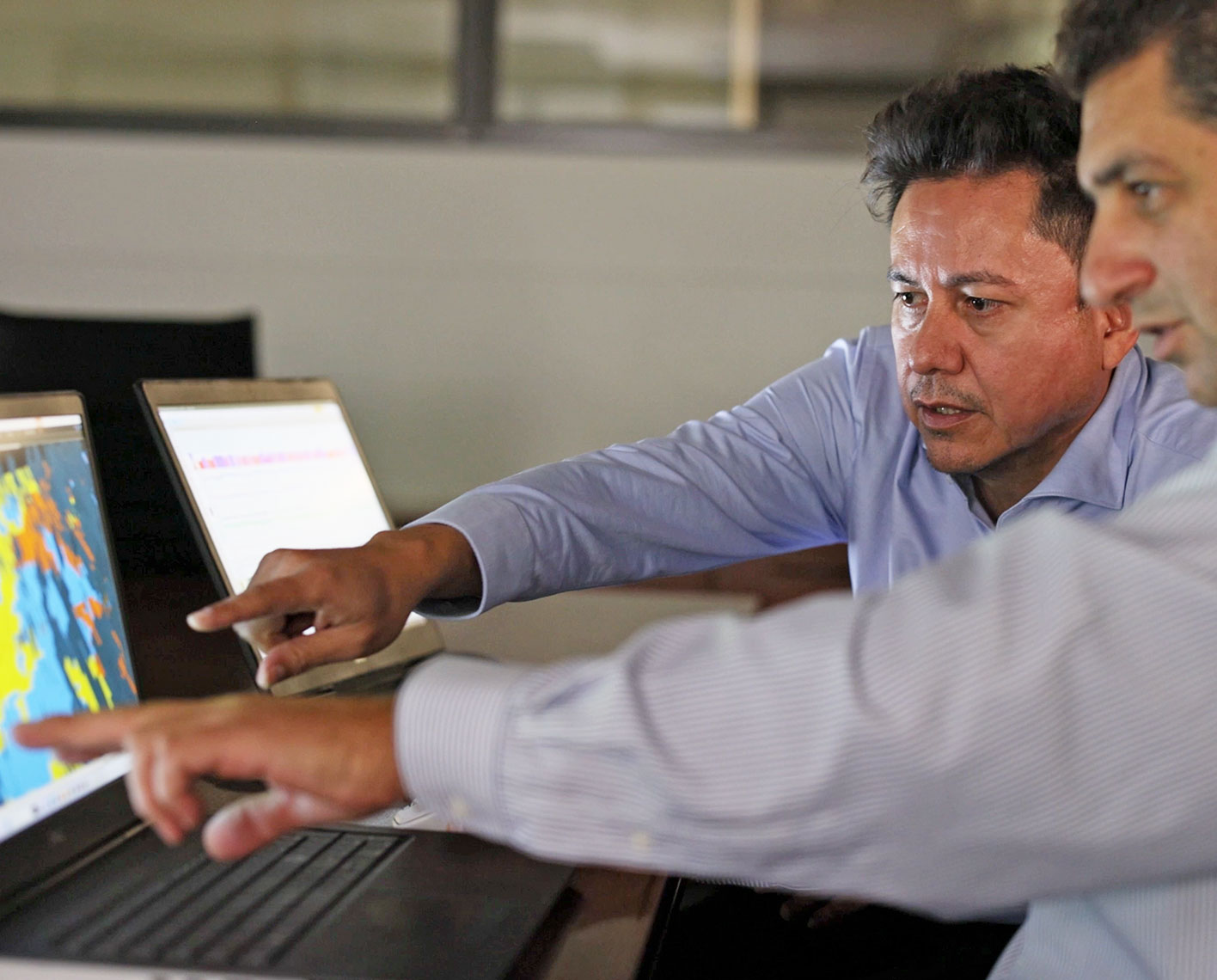
Petrophysics
High pressure, high temperature
The HPHT well logging platform facilitates logging in challenging environments, including ultradeep HPHT wells with small borehole diameters. It integrates robust HPHT-rated tools to provide essential measurements such as array induction resistivity, formation photoelectric absorption cross section, bulk density, thermal neutron porosity, and gamma ray measurements.
Fluid mapping
High permeability and porosity are essential for efficient fluid circulation and geothermal energy extraction. Our high-definition NMR service provides the permeability and porosity measurements needed for input into the reservoir model. This helps to identify potential landing targets based on the reservoir’s producibility index.
Lithology
Lithology measurements are vital for discerning the geothermal fluid type and chemistry, whether it be water, steam, or a combination. The composition of the fluid plays a significant role in both energy extraction and equipment corrosion, making it crucial to design suitable production and reinjection systems. The high-definition spectroscopy service measures elemental concentrations which are then interpreted to produce real-time continuous logs of the mineral composition of the formation with accuracy and precision.
Geomechanics
Forecasting subsurface geothermal energy extraction also requires knowledge of in situ stresses and fracture breakdown pressure. To acquire this data, we use in situ geomechanical profiling, which gives you an accurate measurement of stress, so you have more confidence in your geothermal field development.
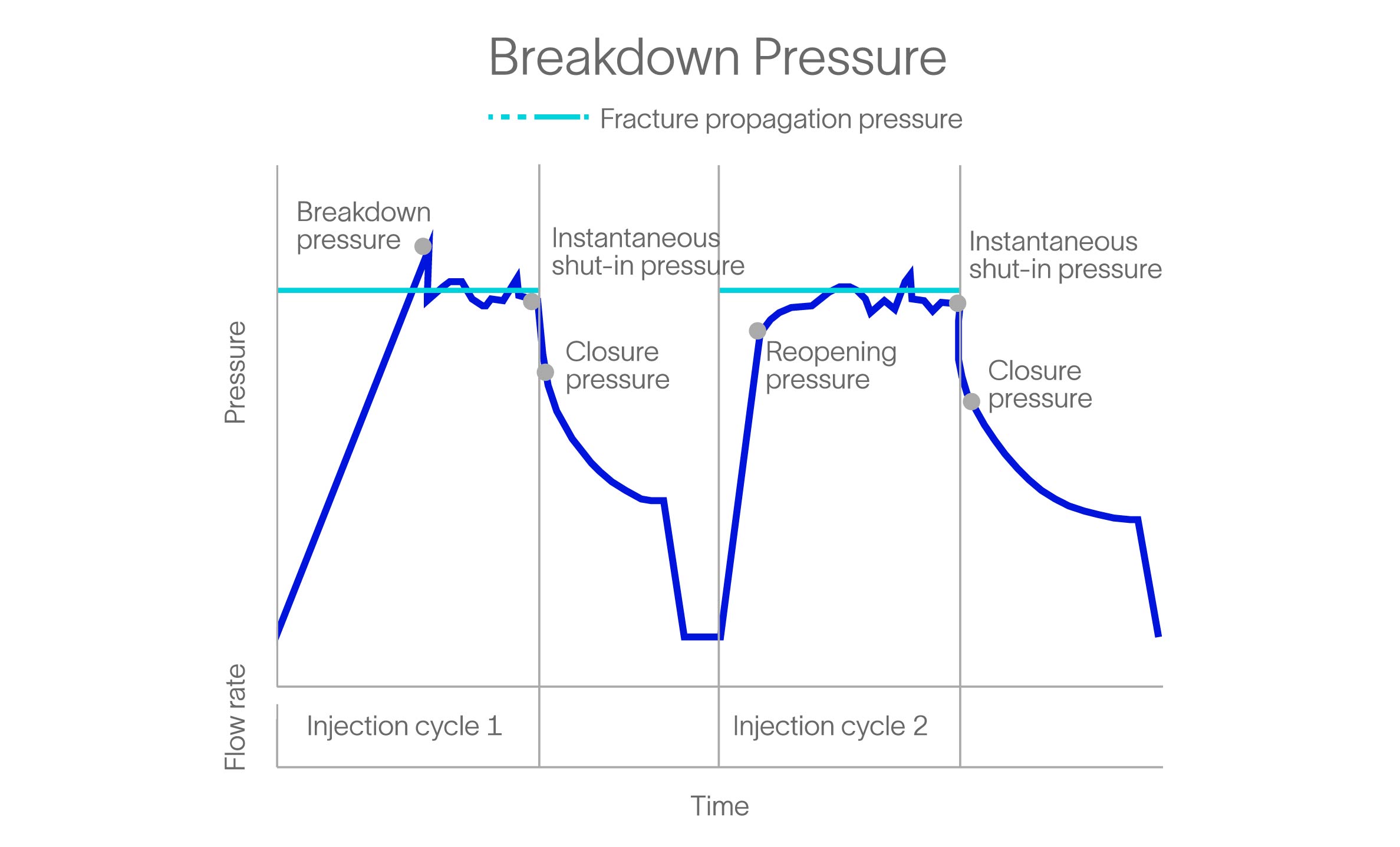
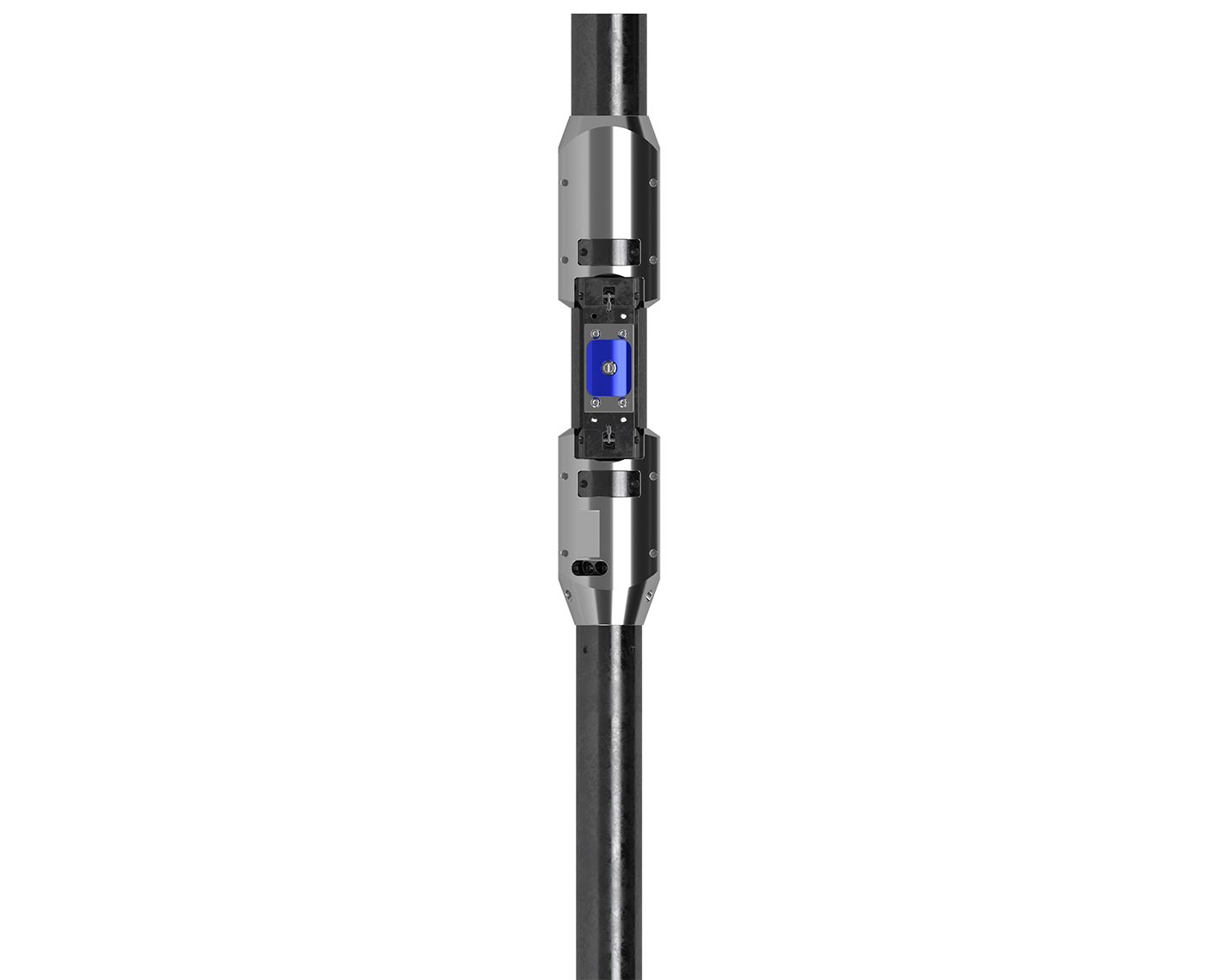
Reservoir testing
With wireline formation testing, we can assess pressure dynamics within the reservoir. This helps identify factors that may contribute to heightened boiling points and improved fluid transport, consequently facilitating more effective energy conversion. The evaluation of the initial reservoir pressure and subsequent modeling plays a pivotal role in this process.
Read how SLB’s geothermal reservoir characterization can help improve your subsurface understanding.
Geothermal webinar series
Hear directly from our experts about solutions that optimize geothermal reservoir characterization.
Explore all webinarsCharacterizing Subsurface Structures and Determining In Situ Stress Orientations
Join Tito Satria Putra Perdana, geothermal geology domain champion from GeothermEx, as he discusses using high-resolution wellbore imaging to identify subsurface structures and determine in situ stress orientations. Learn how this knowledge enhances permeability distribution understanding and improves geothermal exploration and evaluation.
Wednesday, 15 January 2025
06:00 PM
CST

Subsurface Fracture Characterization Case Study from Utah FORGE
Hear from Erik Borchardt, Reservoir Performance business development manager, and Andy Wray, North America borehole geology domain champion, as they discuss how characterizing, initiating, and sustaining interconnected fracture networks is crucial to the success of developing large-scale, economically sustainable enhanced geothermal system (EGS) reservoirs.
Now available on-demand

Sweet Spot Mapping at Utah FORGE
Sri Mulyani, senior geologist at SLB, explores how a multidomain and integrated geoscience study including fracture characterization, fracture modeling, and geomechanics provides crucial data to better understand geothermal reservoir conditions, reduce uncertainty, and optimize well targeting in geothermal fields, particularly in EGS applications.
Now available on-demand
